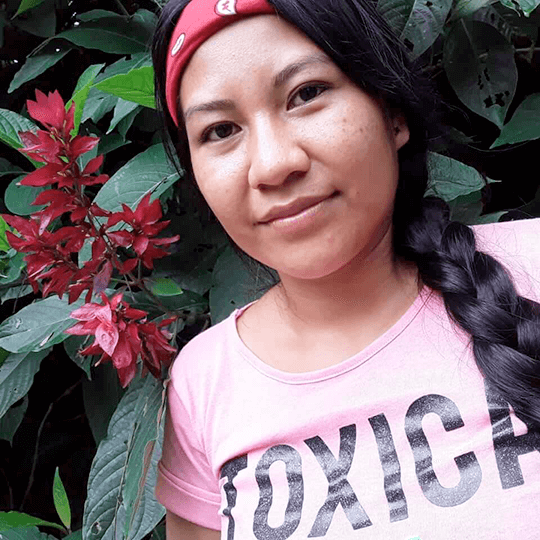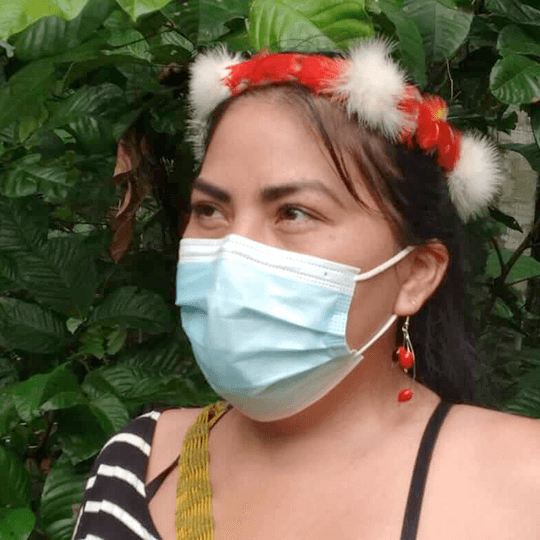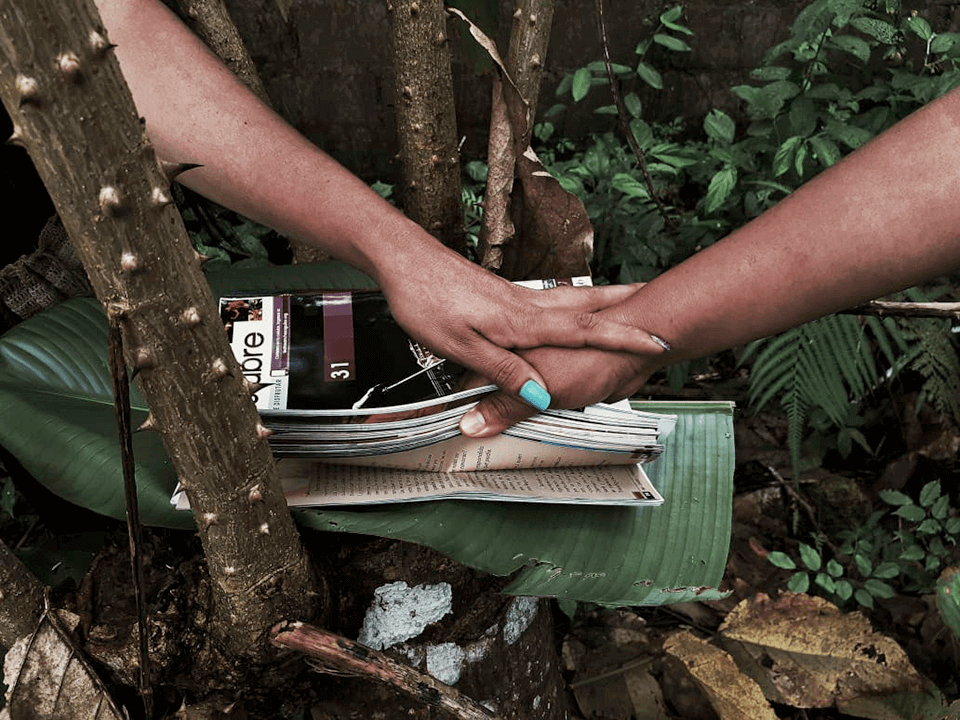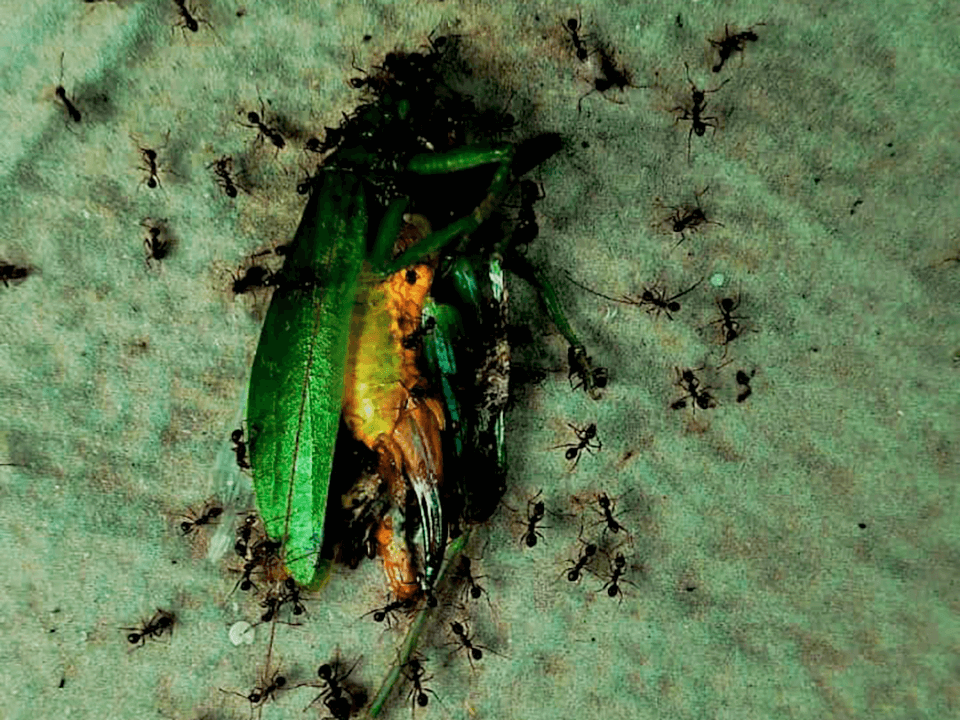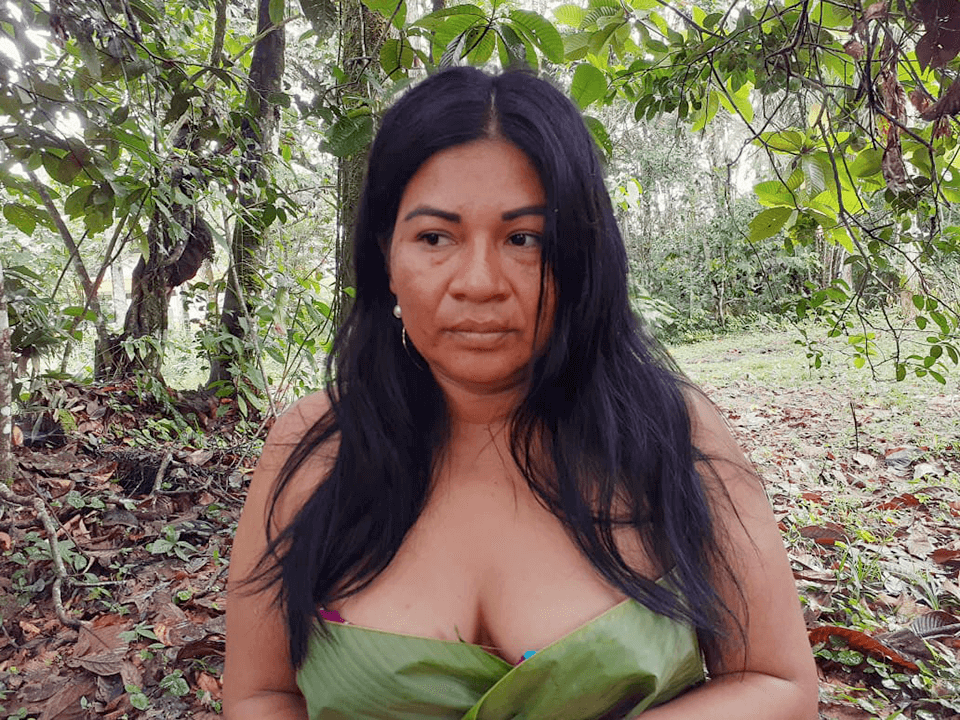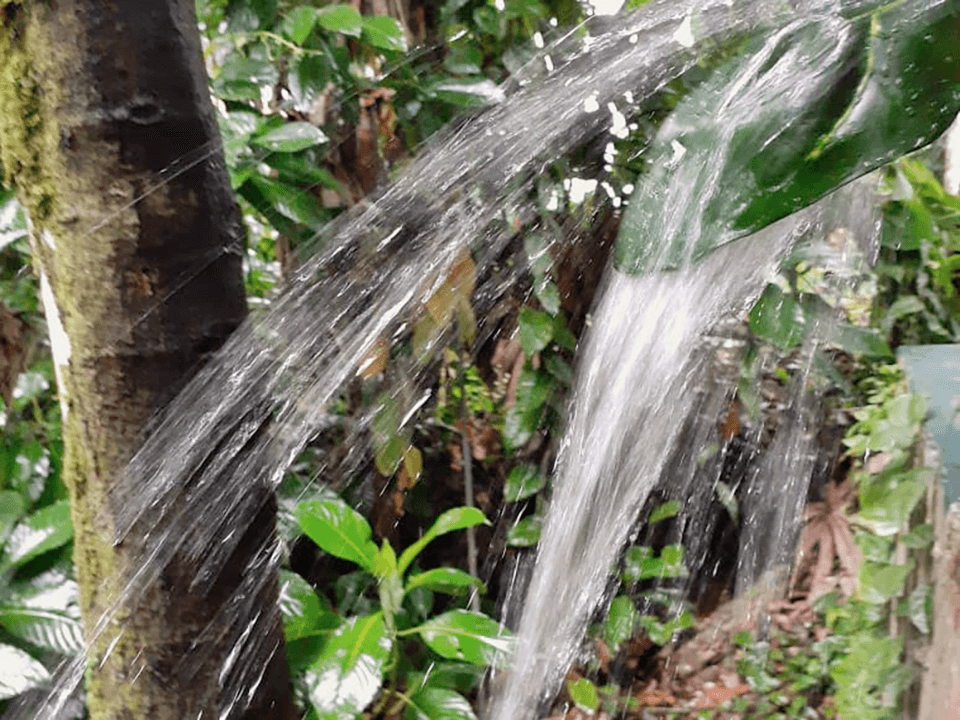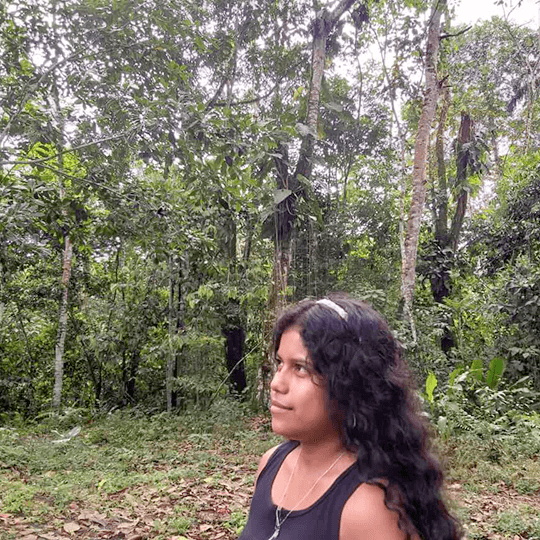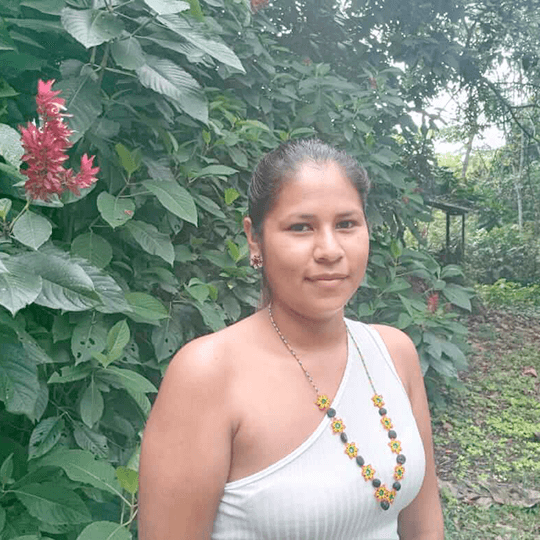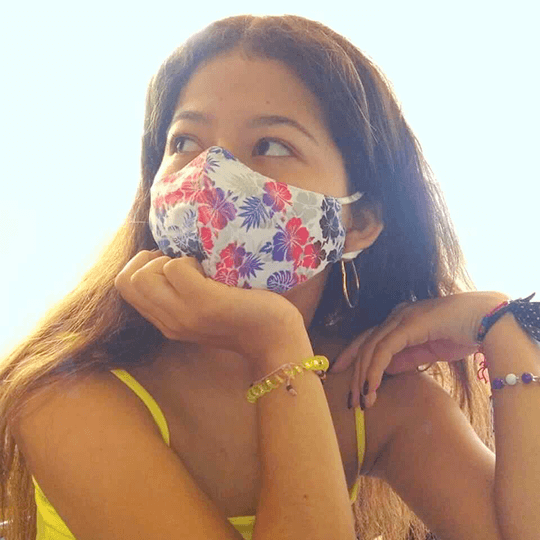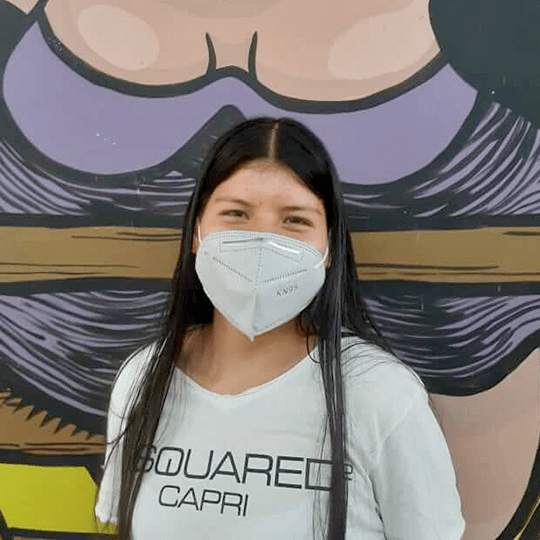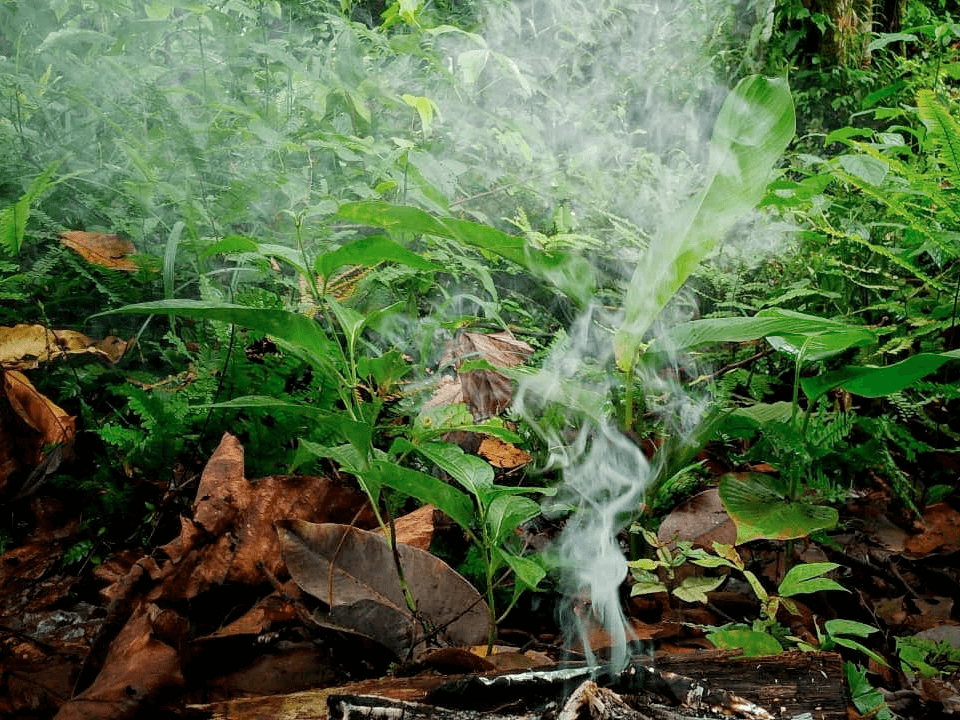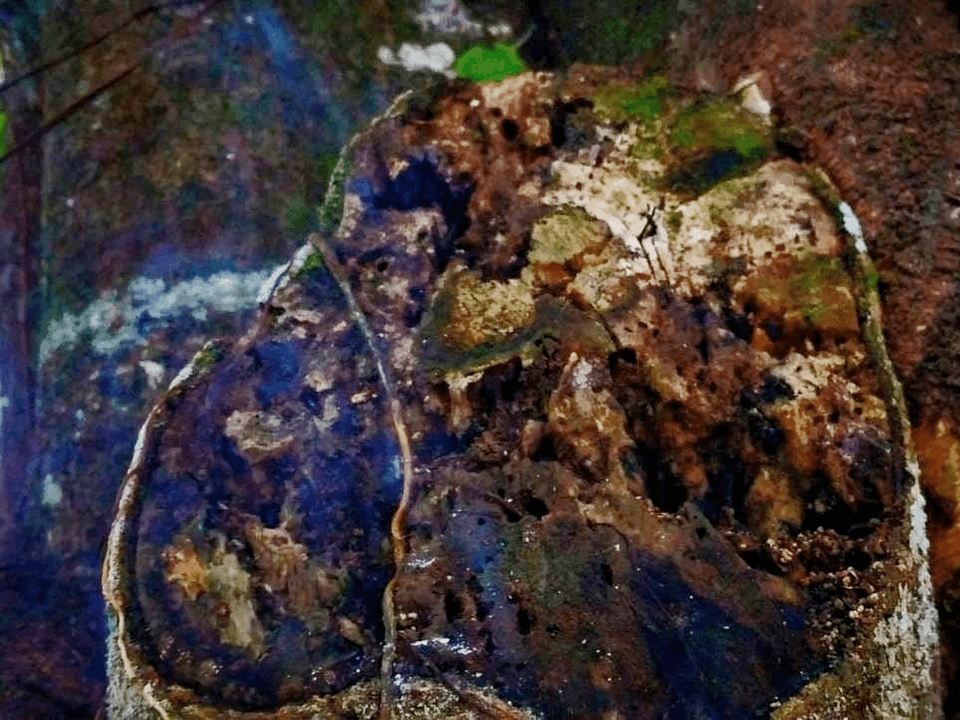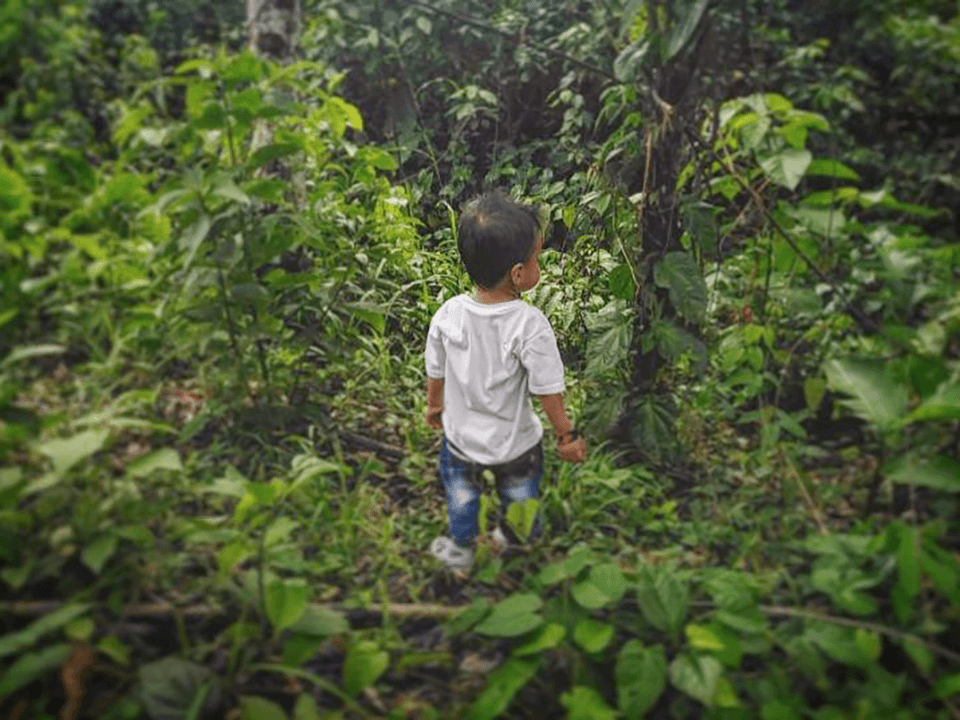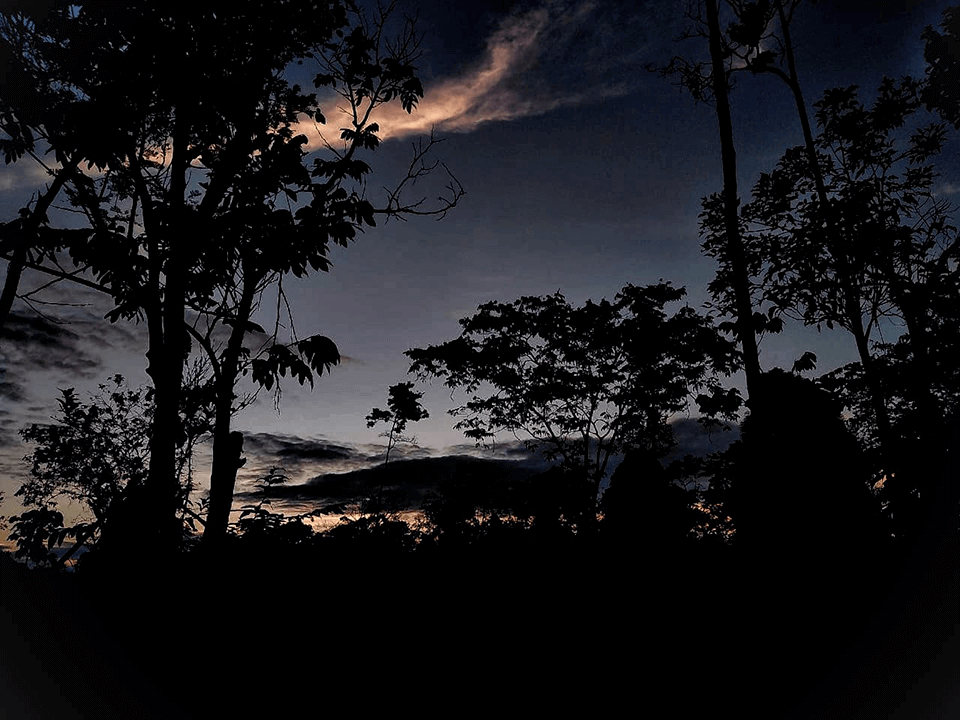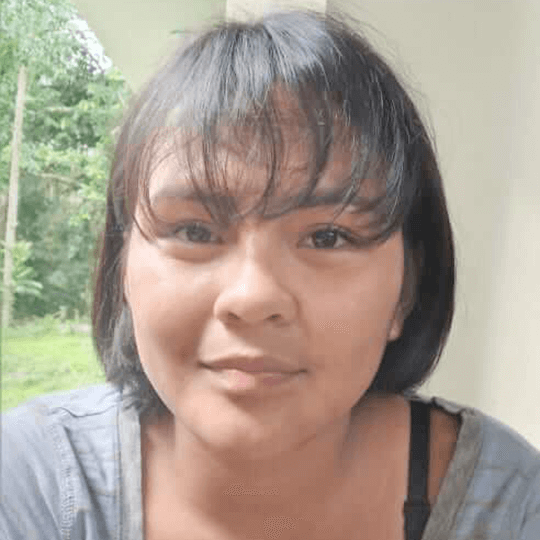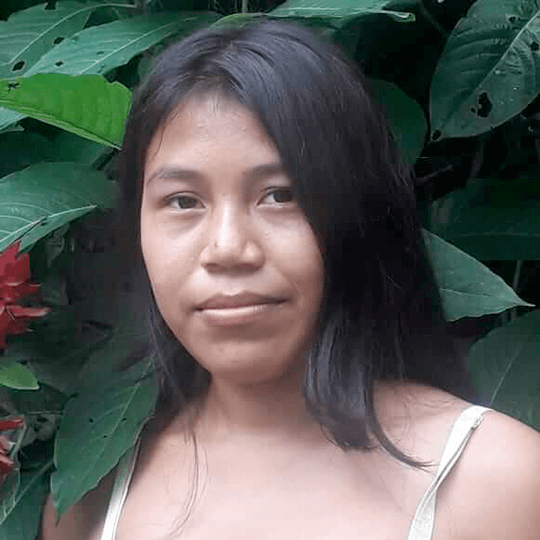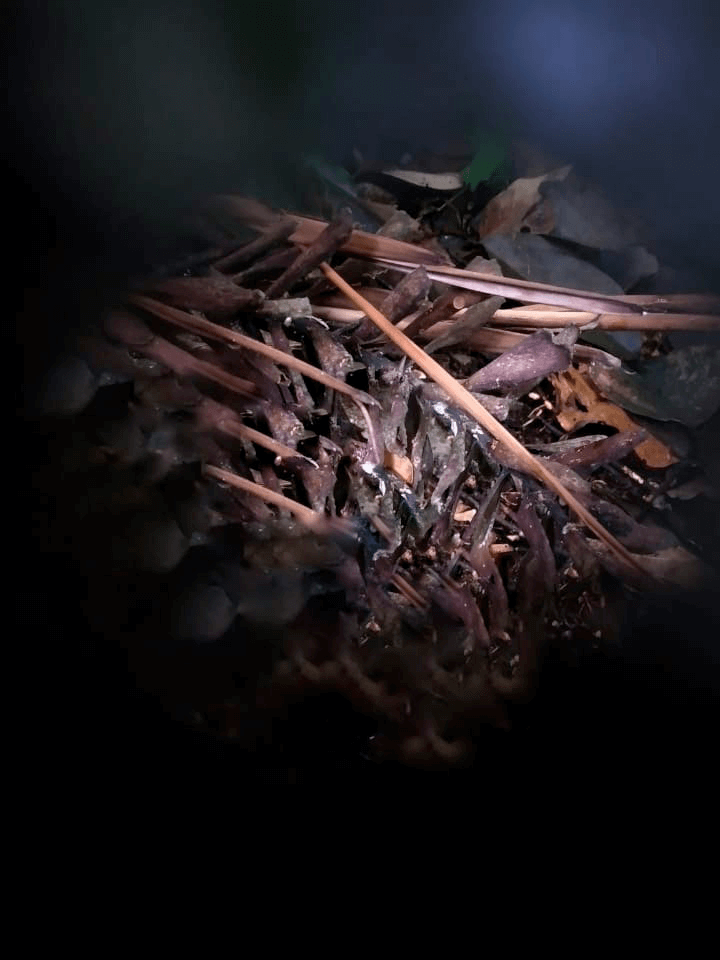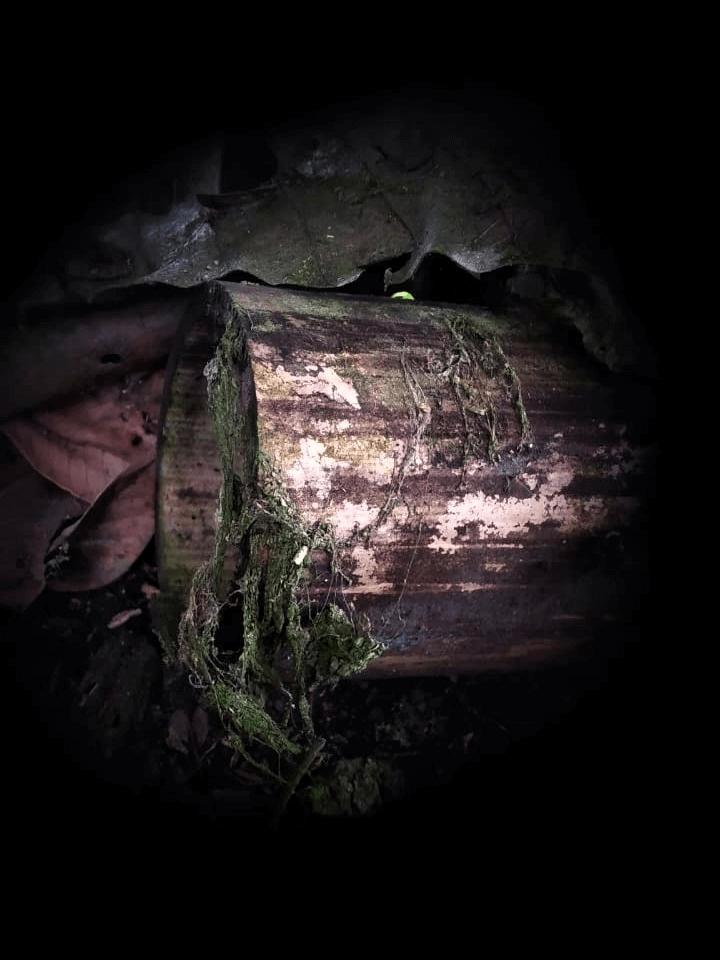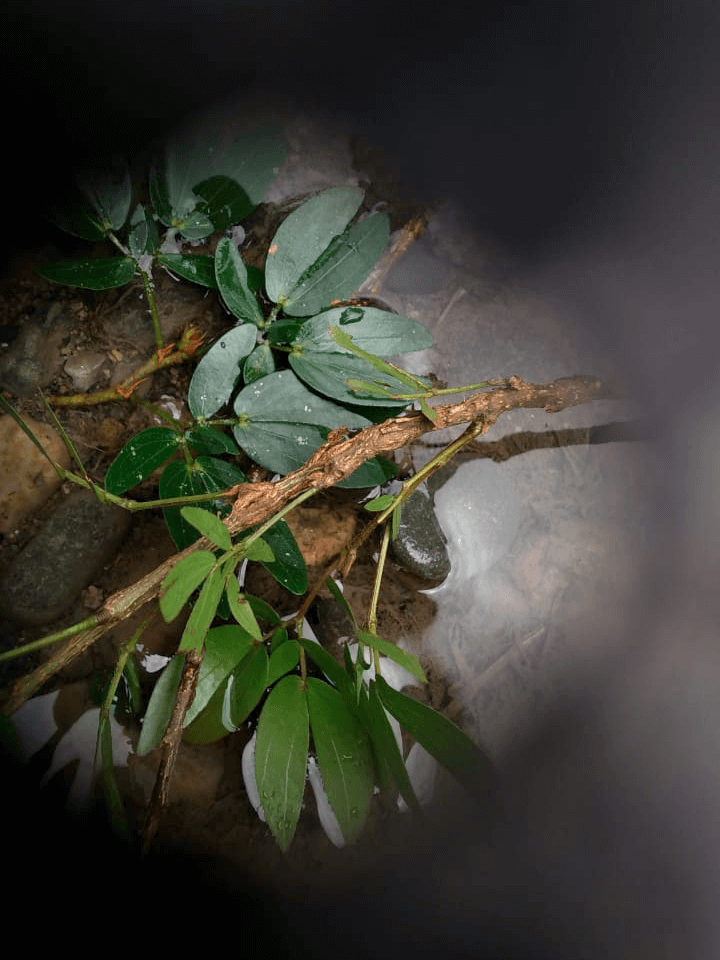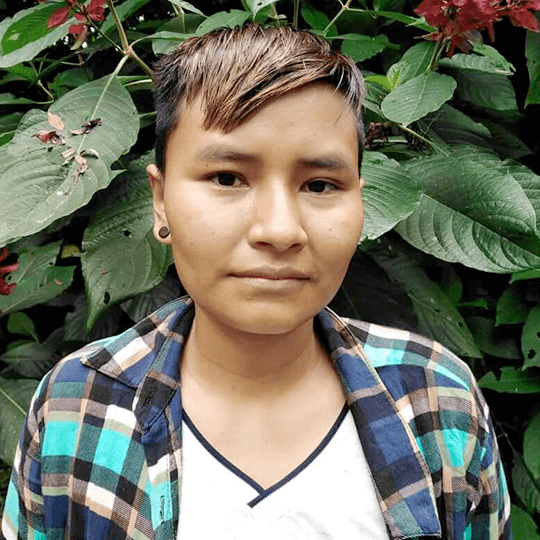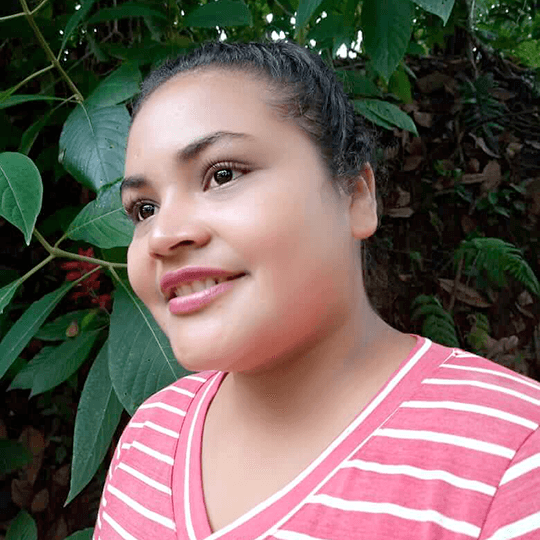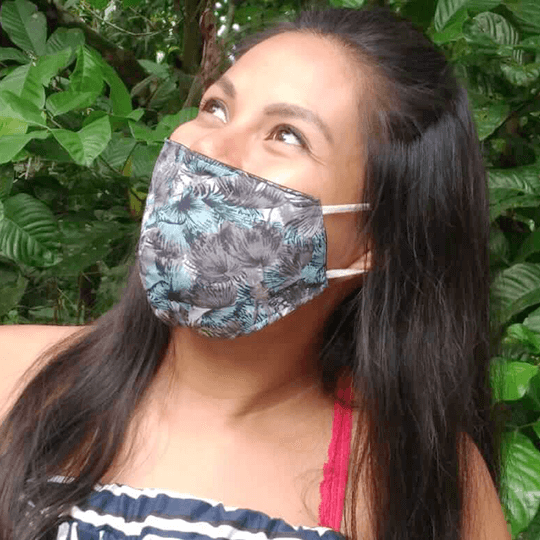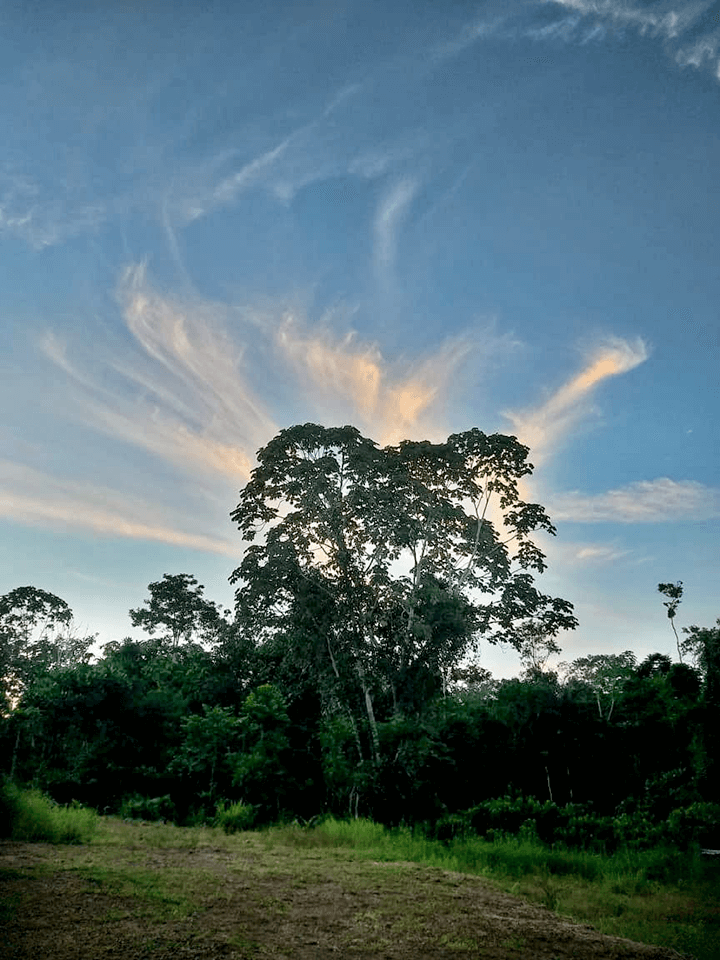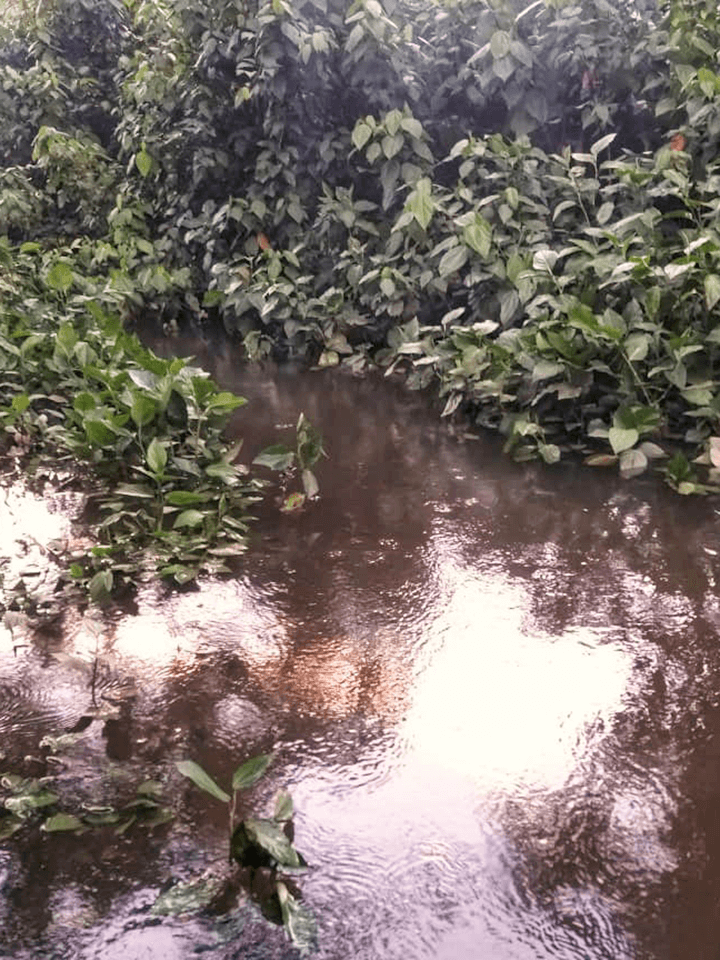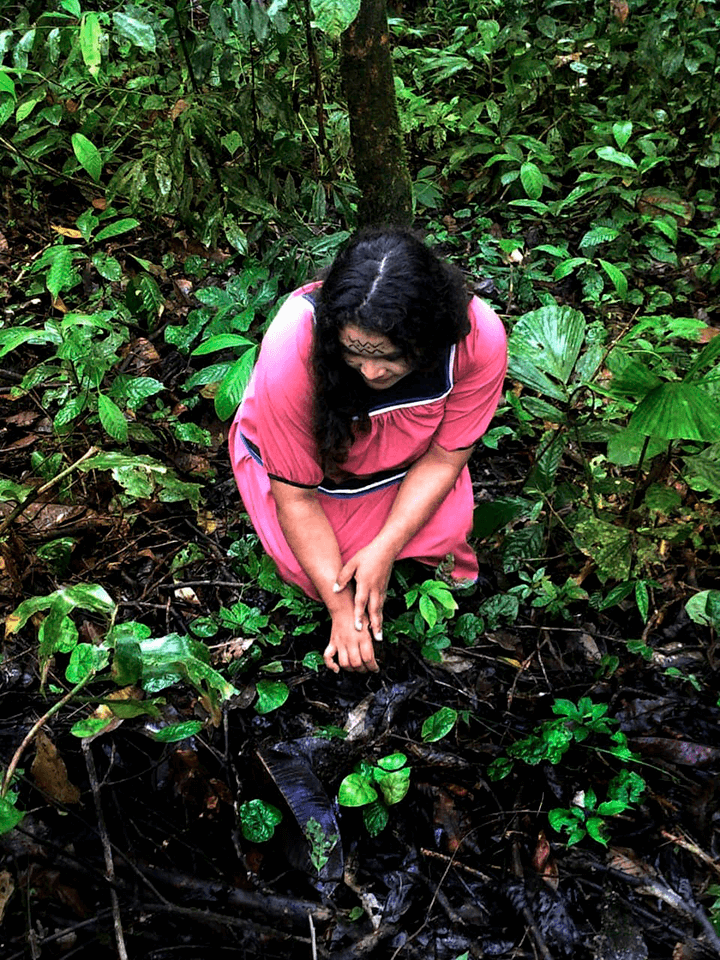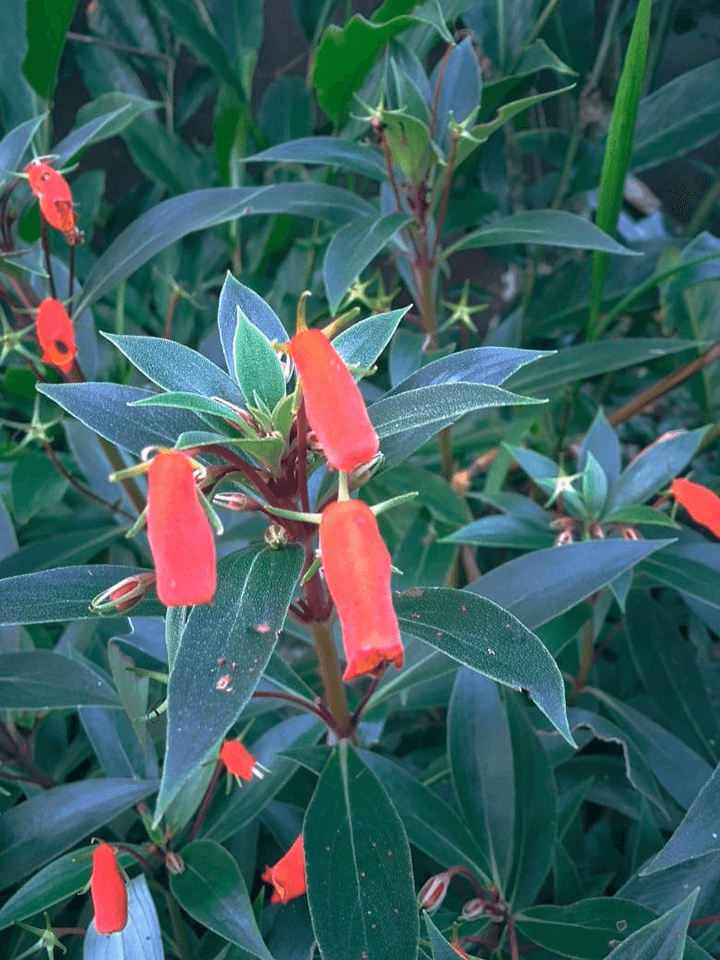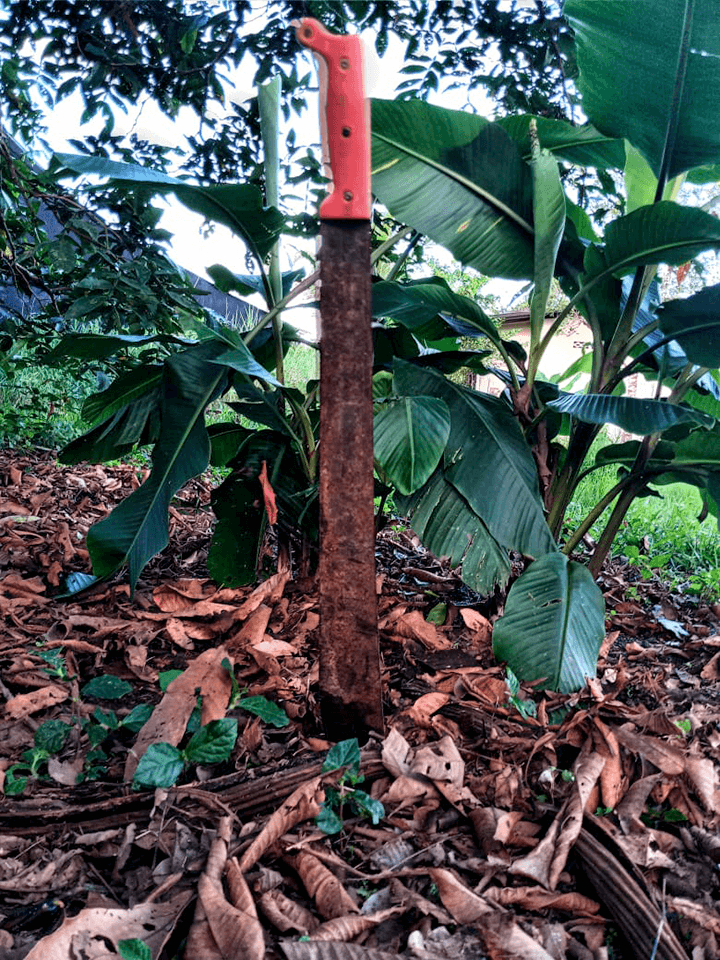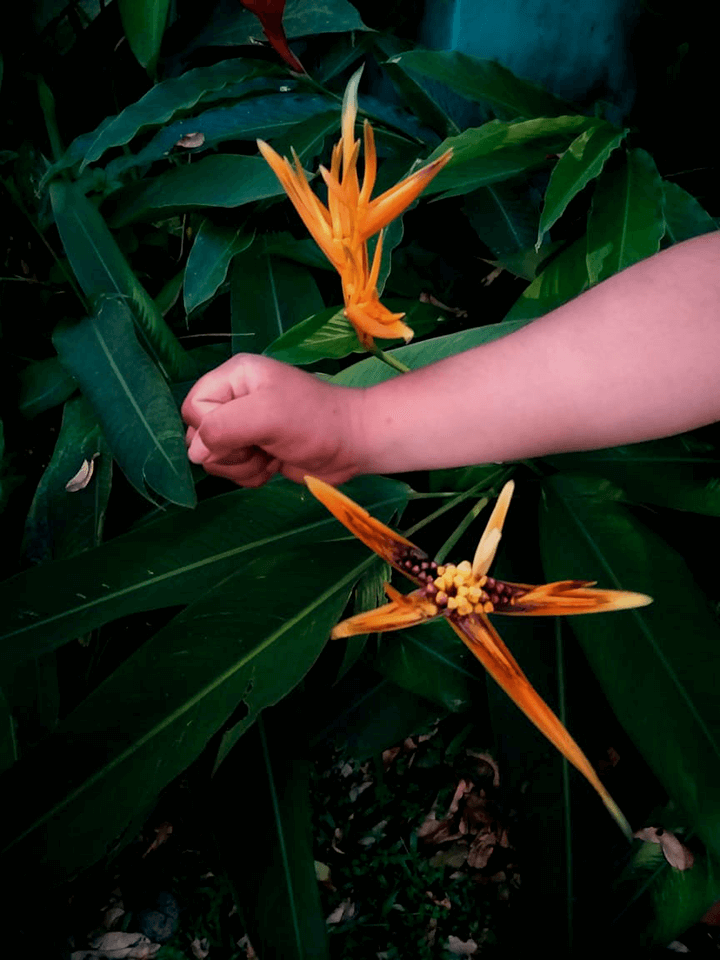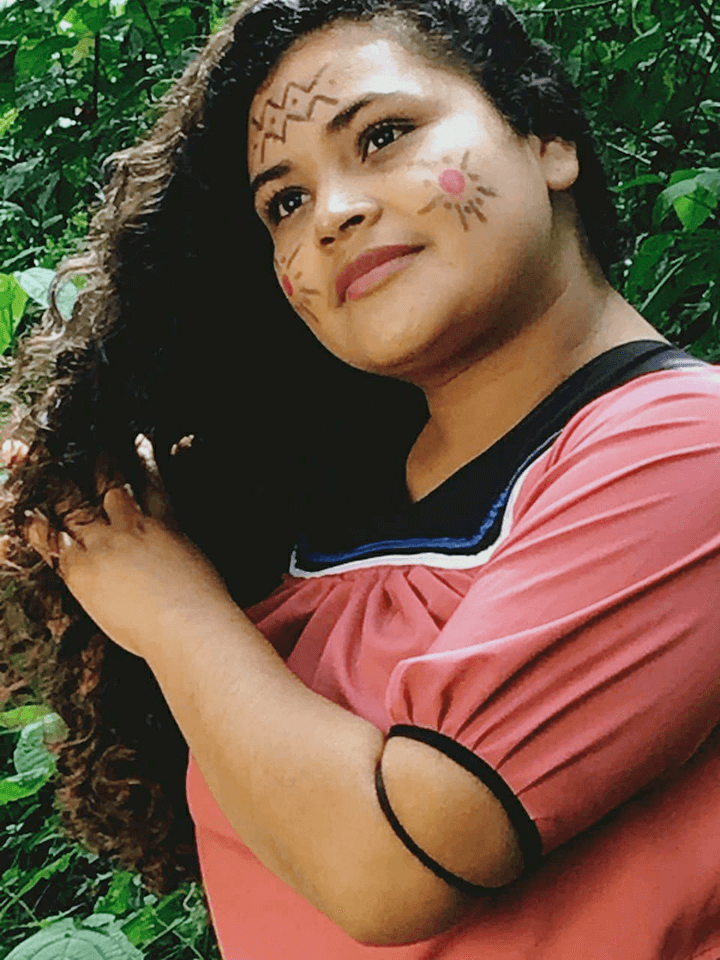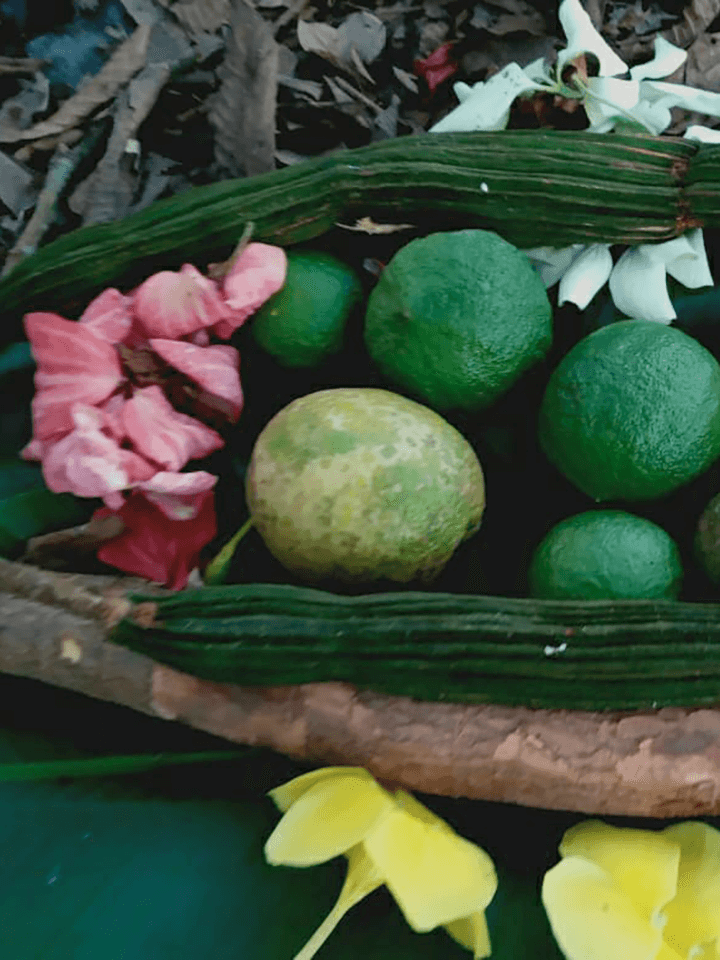There are few places in the world where will you find age-old myths and songs being shared by Indigenous elders around a fire at dawn, all the while Indigenous millennials immortalize their stories with photography, video cameras, and voice recorders. The Amazon is one of those places. This is the twenty-first century of Indigenous storytelling in our world’s largest rainforest, where a new generation is taking hold of digital media to safeguard hundreds of years of memory, history and knowledge for future generations – and to share their people’s urgent struggles with the outside world.
A new collective of Indigenous women storytellers is now coming together for the first time in their people’s history in the Ecuadorian and Colombian Amazon. They are seventeen young women from the Kofan, Siona, Siekopai and Waorani peoples. Together, they have taken on the challenge to become the first women filmmakers, photographers, and journalists of their nations.
Last month, these women gathered for a five-day retreat marking the official inauguration of a new Amazonian school for Indigenous women, launched in partnership with our sister organization, Ceibo Alliance, as a continuation of our work training and mentoring a first group of Indigenous youth storytellers over the past five years. This new school aims to equip young Indigenous women with the tools and techniques to share their perspectives, stories, wisdom, and experiences with their communities and the world.
Lifting up women’s voices and stories is critical to strengthening Indigenous women’s leadership and struggles in the Amazon. Indigenous women have always played a critical role in their people’s resistance movements and yet their voices and perspectives have been historically less visible, and they continue to be disproportionately affected by violence, racism, and discrimination. In this fight, storytelling becomes a powerful weapon to shape their own narrative and advance their people’s struggles for survival in our world’s most important rainforest.
In this Chronicle, we present the powerful photo series created by the women storytellers of the Ceibo Alliance during their first retreat. To begin the creative process, the women started by learning technical concepts such as framing, focal planes, and the expressive properties of light. To put what they learned into practice, they created a series of portraits before developing the following series exploring spirituality, and the consequences of evangelization, colonization, and extractivism in their ancestral territories.
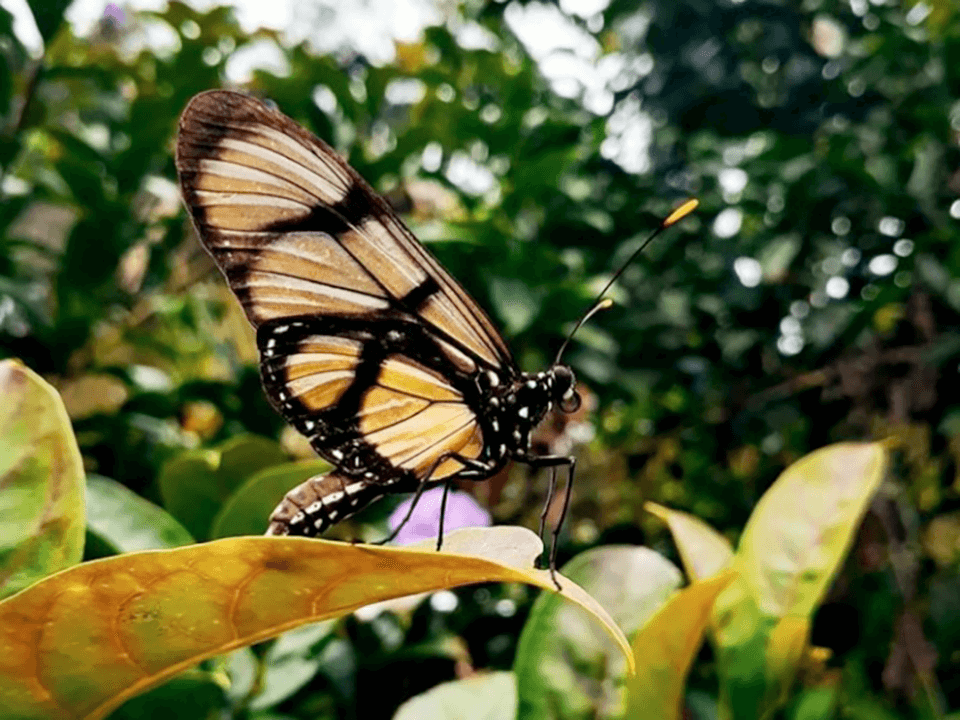
“Our story is about the evangelization of the Amazon. It’s part of our shared history as Indigenous nations. First, the missionaries arrived to our territories. They then built schools, and that is where we learned about the ways of the Western world. This is the story of a character named Ana, who was forced to go to the missionary school. Her parents sent her because they felt compelled. Little did they know that Ana would be sexually abused by the priests. When her parents eventually find out, they lock her up at home and decide to no longer send her to school. Ana had a lot of courage, but after being locked up, she became like a caged animal. So she began to pray to the spirits of the jungle. One night, she heard the voice of the spirit woman of the waterfall: “Come out and walk, Ana. You are a butterfly full of happy colors and unstoppable dreams. You can teach other women how valuable they are.” Ana went away and over time she became a leader with a strong voice. Together, with other women, she fought for freedom. We chose this theme because evangelization trapped and humiliated women in our communities, and it stalled progression. That is why the character is an abused woman.”
A series created by Beatriz Nawe, Tania Amwae, Tamara Alvarado, Daris Payaguaje.
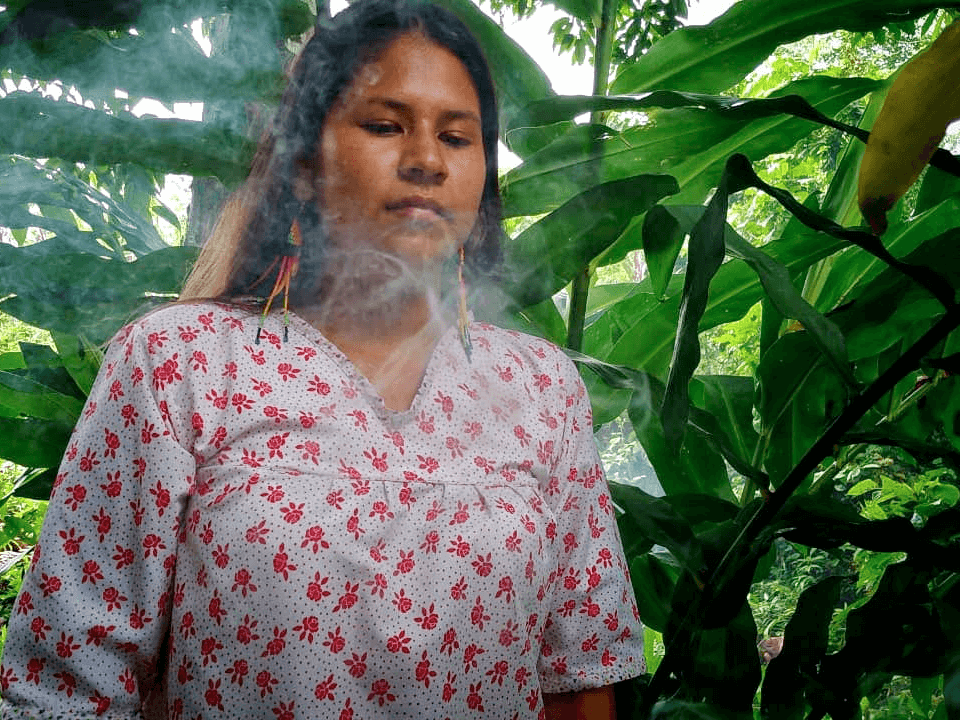
“Colonization brought many changes to Indigenous territories. The Siona community of Putumayo, located on the Ecuador-Colombia border, is affected by the presence of oil companies. Our photo-essay talks about contamination and the impacts of extractive companies on our territories, and how we’re fighting back. We wanted to create photographs with a sense of disturbance to show how our home is impacted by these activities that contaminate and destroy the forest. Spirituality is very important in our culture as Siona (ZioBain) people. We work with our spiritual medicine under the guidance of our elders; it keeps us strong and connects us with nature and the spirits in order to forge a better path forward”. A series created by Mildrey Paz, Brigitte Piaguaje, Yuri Goyeneche, Jennifer Yurani.
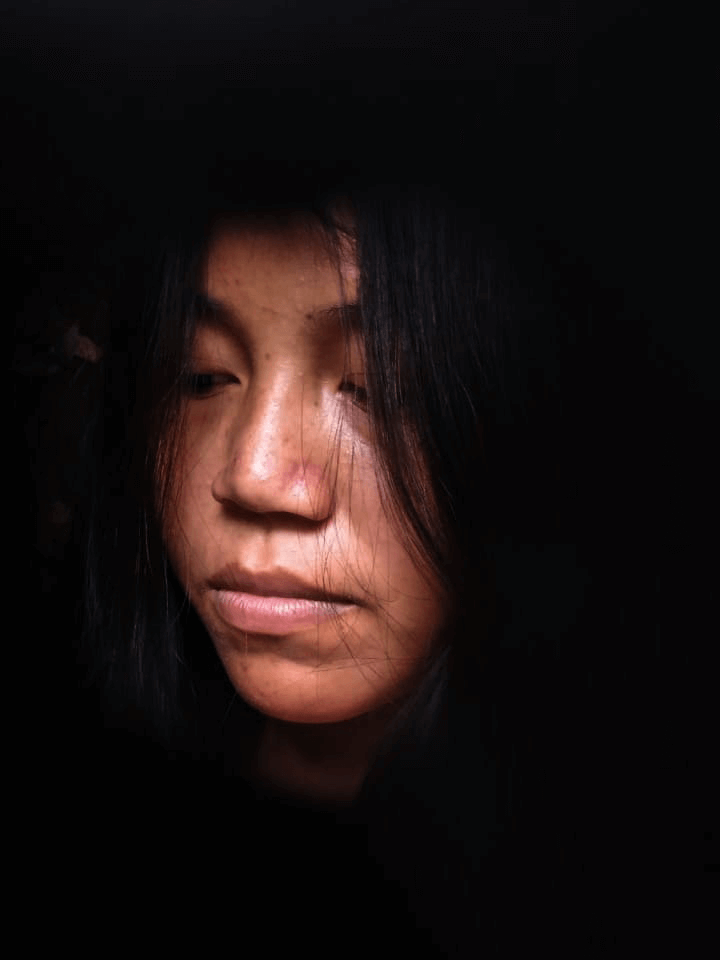
“Our story is about the damages we suffer when disasters like an oil spill happen in our territories. It affects us and makes us sick. We wanted to convey the feeling that something is wrong, so we used black paper as a filter to create darkness since these photographs were taken during the daytime. Ultimately, our series shows that the water becomes clean again and it is thanks to our struggle.”
A series created by Milena Piaguaje, Elena Yiyoguaje, Josefina Pauchi, Melania Lusitande.

“Our story is about the invasion of our Indigenous territories. It’s a threat that all our Indigenous nations face. The settlers enter our territory without our permission, they act as if it were theirs and as if our communities didn’t matter. We imagined a character called Ñumi, a 35-year-old woman who lives in her territory. She works to cultivate her chacra (food gardens), but then she realizes that outsiders are invading her land. At first, she doesn’t know what to do and she reacts strongly. She then confronts them and successfully evicts them.”
A series created by Judy Payaguaje, Aneth Lusitande, Magdalena Quenamá, Morelia Mendua.
Watch this space for more stories from the Indigenous Youth Storytellers in the coming months, from stop motion animation, collaborative video, and broadcasting & social media.


